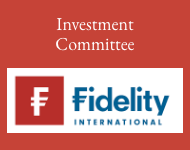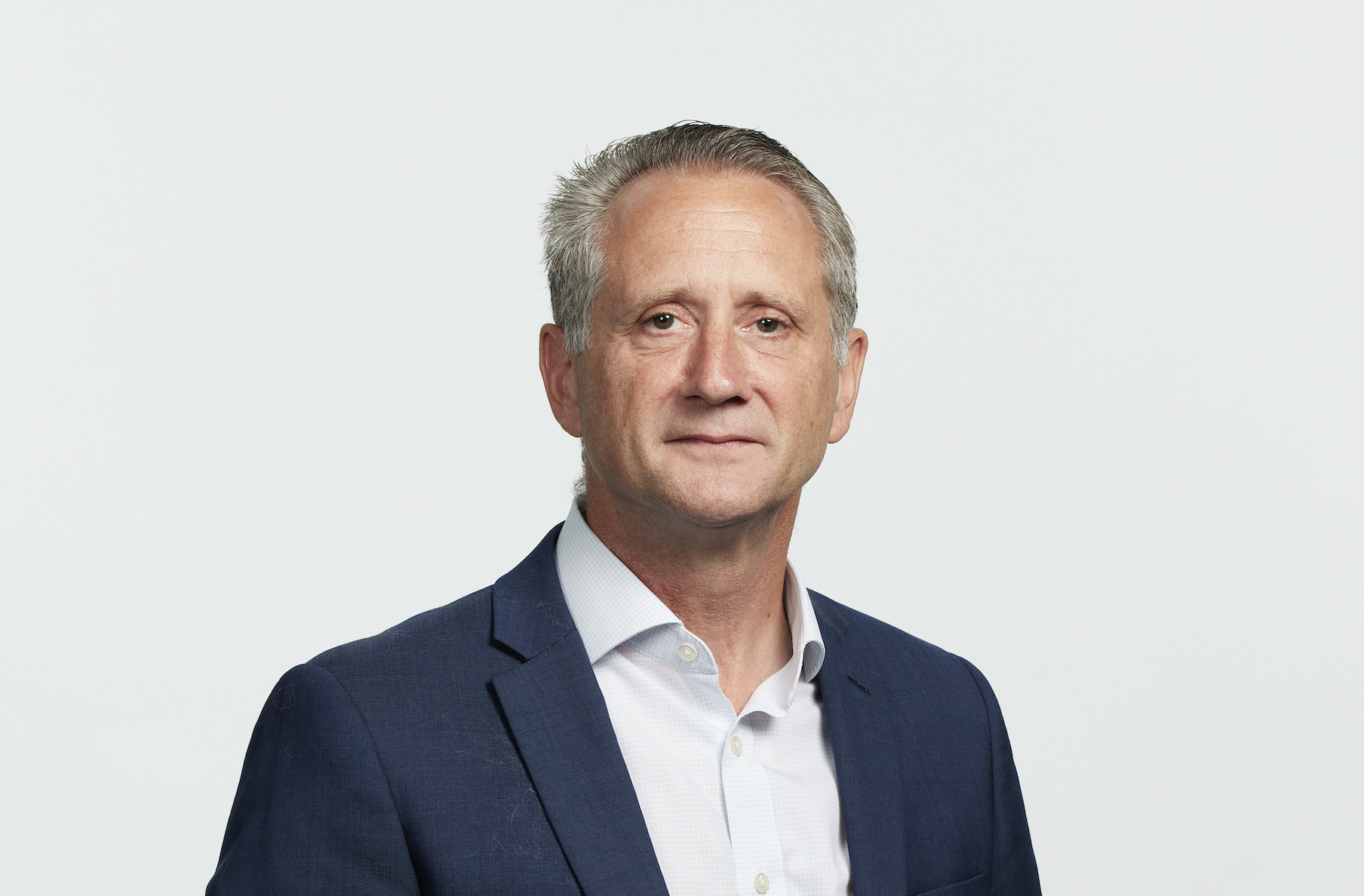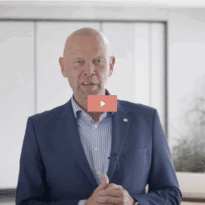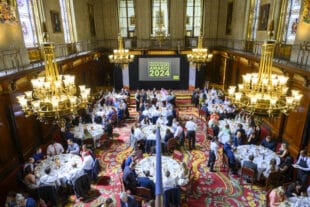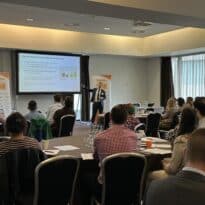David Jane of the Premier Miton Multi Asset team gives their collective assessment of themes and trends to consider in 2020 and beyond.
First published in the February 2020 issue of Professional Paraplanner
As outcome focussed multi asset investors, we do not see much mileage in forecasting economies or markets. We do however need to consider the investment environment globally and what are, and will be, the major drivers of returns in the coming period. At this time of year, we inevitably find ourselves pondering the environment for the current year and beyond.
Our funds are focussed on both the macro environment, factors such as economic outlook and interest rates, and the long-term thematic trends driving the internal dynamics within economies. By combining the two we can achieve both additional returns, but also extra diversification.
This year we think there will be three main drivers of the market environment: central banks, politics and the economic outlook. Naturally, the three interact but their relative importance changes over time.
Central bank intervention has been a dominant theme for ten years now, in the post GFC era. In this period central banks’ traditional role of setting short term interest rates has expanded to include active intervention across asset markets. While this approach is claimed as an attempt to re-inflate the real economy, its principal effect seems to be to inflate asset prices, particularly equities. We expect this to be an ongoing feature of markets for the foreseeable future. On each occasion that asset markets have weakened materially, central banks have stepped in with large doses of additional liquidity or interest rate cuts.
Politics and risk
Another relatively new driver of asset prices is politics. For an extended period, the broad political environment was settled, at least in the way it impacted markets. This is no longer the case, as evidenced by Brexit, the US-China trade wars and Hong Kong protests, to name just a few. We think this will continue to be a feature in 2020 and beyond. Indeed, we think it may accelerate, driven by ongoing wealth inequality, which itself has been exacerbated by the impact of central bank intervention of asset prices. For our funds, we see this as mainly a risk rather than a return opportunity, hence our main approach is to avoid political risk through diversification.
The economic outlook will always be an important factor in markets, particularly in their internal dynamics, such as the relative performance of cyclical sectors versus more defensive areas. Last year saw a general decline in economic leading indicators worldwide, leading to the expectation of slowing growth, or even recession. Some see the US-China trade tensions as having been the major driver of this slowdown and therefore, expect the partial resolution to lead to a reacceleration. Time will tell, but in the meantime, we have moved from a defensive bias within our equity to a more neutral stance.
Two key trends
Turning to the main thematic drivers for our funds, they fall into two main areas: demographic change and technological change. Within demographics, a major theme for us over time has been the ageing populations in the developed world. Hence, we consider healthcare a major growth opportunity as well as companies serving the savings industry. Other demographic changes to consider are the growth of the consumer markets in the emerging economies, driving demand for both basic consumers goods as well as luxury goods produced in the west.
Technological change is an increasingly important driver of economies. Our two main current areas of focus are the digital revolution, encompassing everything from the internet consumer markets, gaming, as well financial technology, and semiconductors. Online consumption in all its forms continues to replace traditional industries and this is set to accelerate with the introduction of 5G communications technology in the coming years.
The global energy economy is also undergoing rapid change and we have been interested in the renewable energy transition for many years. The transition to renewables is driven by basic economics, these energy sources are rapidly becoming cheaper, leading to their adoption at the expense of fossil fuels. There are many ways to get involved, such as the wind turbine manufacturers and solar panel producers as well through utilities with green energy fleets.
To conclude, we see numerous opportunities in 2020 and beyond, driven by a predictable central banking environment and numerous attractive themes in which to invest.




